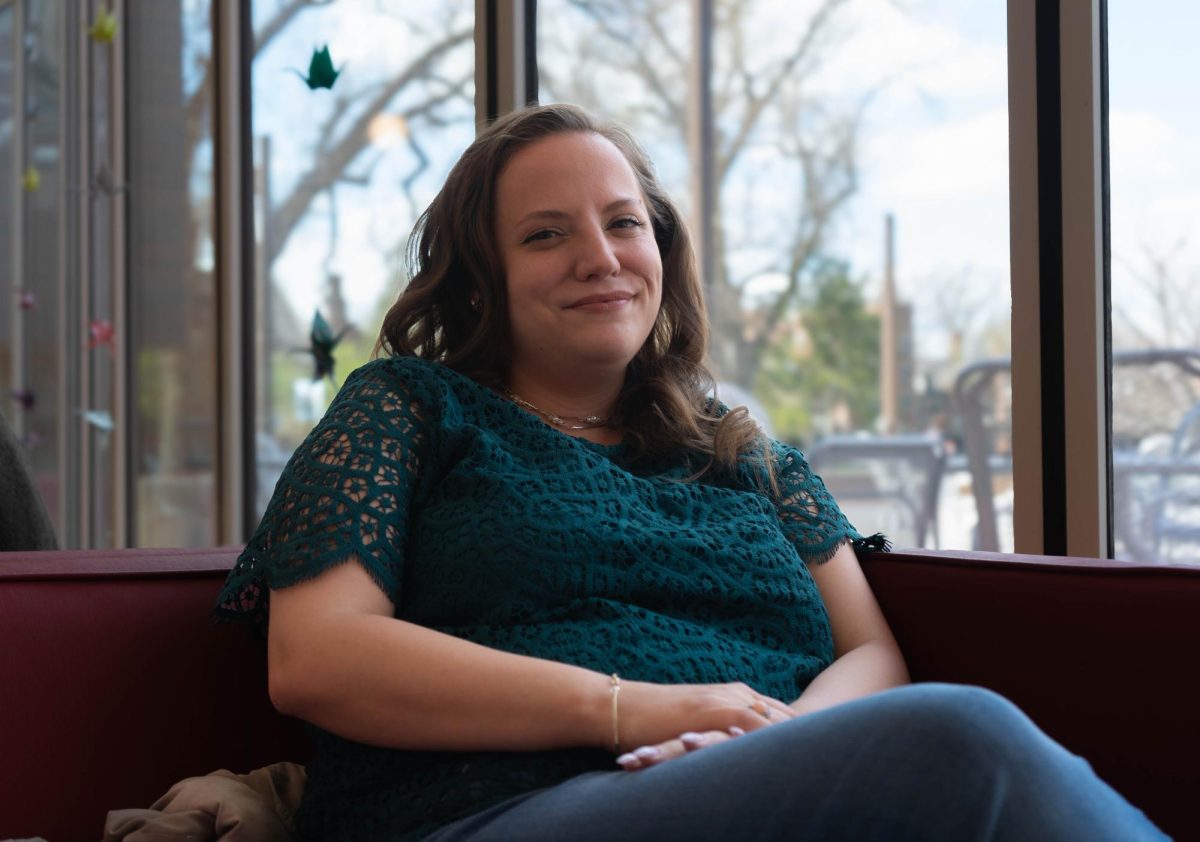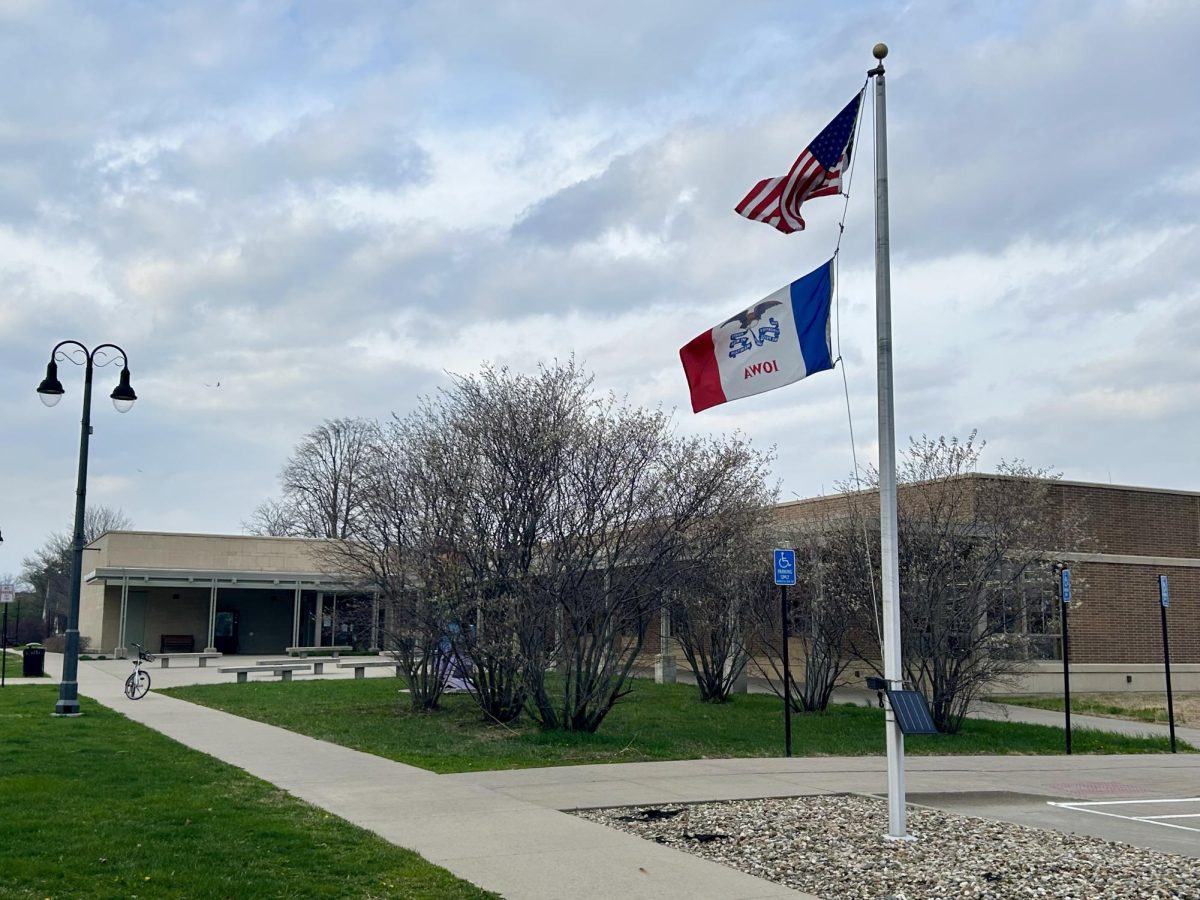By Lily Bohlke
bohlkeli@grinnell.edu
Each year, Grinnell College publishes an Annual Security Report and an Annual Fire Safety Report. Often called the Clery Report, the release of this information is mandated by the federal government in compliance with the Jeanne Clery Disclosure of Campus Security Policy and Campus Crime Statistics Act. This year, the report was compiled a bit differently than in past years.
In 1986, a young woman, Jeanne Clery, was raped and murdered in her dorm room at Lehigh University by another Lehigh student she did not know. In response, her parents, Connie and Howard Clery, founded the Clery Center for Security on Campus, according to the organization’s website. They brought their fight to Congress in 1990, and Congress subsequently approved the Crime Awareness and Campus Security Act, which was later renamed the Jeanne Clery Act. Since its founding, the Clery Center has been fighting for college campuses to be transparent with its students, families, faculty and staff about crime that occurs on or near campus.
Today, the Clery Center provides services related to crime transparency on college and university campuses. They train officials and advocate for policies to support the creation of transparent and safe communities for students.
The purpose of the Annual Security and Fire Safety Reports is to give the campus community information about what is going on around them. It also allows prospective students and faculty to consider safety as a factor when deciding whether to come to Grinnell.
“For some families, as they’re considering differences between a pastoral environment like Grinnell and an urban environment that’s high crime or an institution that’s experienced a lot of criminal activity, it can bring reputational differences,” said Andrea Conner, Vice President of Student Affairs.
The Security Report contains crime statistics, policy statements and procedures for carrying out security precautions. The Fire Safety Report includes fire statistics as well as policies related to fire safety.
From year-to-year, the administration works to improve policies based on legislation passed and other various sources of input. Conner says there has been an overall improvement to Campus Safety; for example, the addition of a Coordinator of Compliance to oversee tasks related to the annual reports.
“There are so many areas of compliance, and Clery is the primary one. There lot of [other] compliance things we do behind the scenes, like complying with state law around fire drills and other regulations. Before, it was absorbed through other [people]’s work, and now there’s a [point person],” Conner said.
Some crime statistics remain static, while some fluctuate over time.
“One that we specifically had looked at was arson. … That went from 11 in one year to zero,” said Jennifer McAlexander, Coordinator of Compliance for the Office of Campus Safety. “If there are repeat offenders, it could be [the case] where that person is no longer on campus.”
The Violence Against Women Act (VAWA) increased the policy expectations included in the report in 2015. While reviewing the statistics and making sure all the necessary components of the report were in place, McAlexander said they meticulously inspected numbers of cases of sexual assault to make sure they were in compliance with the VAWA, the Clery Act and the Title IX office.
“I’m sure your readers will take note of the slight increase of reports for sex offenses and a couple of the categories,” Conner said. “Generally speaking as an institution, we seek to create an environment where people can come forward to tell us about what they’ve experienced. So while an increase in these statistics is always concerning because it means individual human beings are experiencing trauma, we certainly appreciate the increase in reporting when it means folks are seeking services and support.”
To compile the Annual Security Report, Campus Safety looks through in-house reports as well as Residential Life reports and anything that may already be documented. Next, they query Campus Safety Authority (CSA), which is people who have been provided by the government to serve as another source of crime reporting. Lastly, they request reports from local law enforcement of any crime that has occurred within a mile of campus.
“We’re stretching almost all the way to the Glove Factory now because of the government’s regulations. Reasonably contiguous to your campus is within a mile. Because we have purchased new property and the bookstore is further off-site, it’s stretching our main campus on the area we are reporting,” McAlexander said.
Not only does the College have to report on its main campus in Grinnell, but statistics are also required from the Conard Environmental Research Area (CERA) and the Grinnell-in-London program.
“Things we would maybe have to respond to in an emergency may not been something they would think of preparing for because it’s just different. It’s interesting to take the Clery Act and apply it to your overseas campus and what does that look like and how does that work,” McAlexander said.
According to Conner, the 71-page document is proof that the institution follows with federally mandated standards in security and safety.
“It’s important for the community, the public, to know what our campus is like,” Conner said. “It’s a good thing that our institution complies with expectations and carefully prepares this report. We hope that inspires trust as well.”




















































